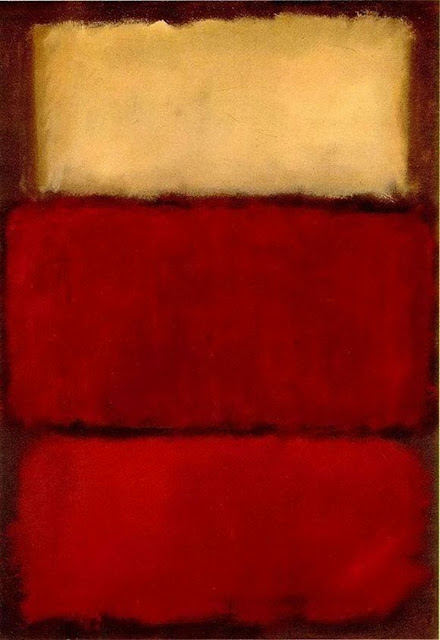Abstract Expressionism was never an ideal label for the movement which grew up in New York in the 1940s and 1950s. It was somehow meant to encompass not only the work of painters who filled their canvases with fields of color and abstract forms, but also those who attacked their canvases with a vigorous gestural expressionism. But it has become the most accepted term for a group of artists who did hold much in common.
by artstory
Related posts:
>>> david-lynchs-surrealism
>>> joseph-beuys
>>> david-lynchs-art-crazy-clown-time
>>> Allan McCollum the Americ...
>>> joseph-beuys-art
>>> surrealism-and-surrealists
Surrealism
The most significant influence on the themes and concepts of the Abstract Expressionists was Surrealism. The American painters were uneasy with the overt Freudian symbolism of the European movement, but they were inspired by its interests in the unconscious, as well as its strain of primitivism and preoccupation with mythology. Many were particularly interested in the ideas of the Swiss psychiatrist Carl Jung, who believed that elements of a collective unconscious had been handed down through the ages by means of archetypal symbols - primordial images which had become recurrent motifs. This gave many artists the impetus to move away from the biomorphic Surrealism of Miró and Picasso, and towards an increasingly reductive style. Rothko and Newman are typical of this progress: Rothko experimented with abstract symbols in the early 1940s before moving towards entirely abstract fields of color; Newman similarly sought an approach which might strip away all extraneous motifs and communicate everything through one powerfully resonant symbol - in his case, the so-called 'zip' paintings.
All were committed to an expressive art of profound emotion and universal themes, and most were shaped by the legacy of Surrealism, a movement which they translated into a new style fitted to the post-war mood of anxiety and trauma. In their success, the New York painters robbed Paris of its mantle as leader of modern art, and set the stage for America's post-war dominance of the international art world.
Surrealism
The most significant influence on the themes and concepts of the Abstract Expressionists was Surrealism. The American painters were uneasy with the overt Freudian symbolism of the European movement, but they were inspired by its interests in the unconscious, as well as its strain of primitivism and preoccupation with mythology. Many were particularly interested in the ideas of the Swiss psychiatrist Carl Jung, who believed that elements of a collective unconscious had been handed down through the ages by means of archetypal symbols - primordial images which had become recurrent motifs. This gave many artists the impetus to move away from the biomorphic Surrealism of Miró and Picasso, and towards an increasingly reductive style. Rothko and Newman are typical of this progress: Rothko experimented with abstract symbols in the early 1940s before moving towards entirely abstract fields of color; Newman similarly sought an approach which might strip away all extraneous motifs and communicate everything through one powerfully resonant symbol - in his case, the so-called 'zip' paintings.
Like any group of artists whose work achieves widespread recognition, Abstract Expressionism was eventually imperilled by its success. An extensive network of dealers, museums and galleries reached out to support it; even the government covertly embraced it and promoted it vigorously overseas as a testament to free-expression in America, in contrast to the repressions of the Stalinist Eastern Bloc. Inevitably, by the mid 1950s, the style had attracted a multitude of young followers, and what began as an impulse to expression, threatened to become stale and academic.
The themes and concepts which informed Abstract Expressionism may have lost the power to compel young artists, but the movement's achievements continue to supply them with standards against which to be measured.
Artists:

Jackson Pollock

Willem De Kooning

Mark Rothko

Clyfford Still

Franz Kline

Hans Hofmann

Robert Motherwell

Barnett Newman

Jackson Pollock

Willem De Kooning

Mark Rothko

Clyfford Still

Franz Kline

Hans Hofmann

Robert Motherwell

Barnett Newman




















No comments:
Post a Comment